Should You Do Cardio Before or After Weight Training? – Born Tough
Do you want to do cardio before or after weight training? If yes, then keep in mind that both exercise forms have unique benefits. Combining them can make your workout even more effective.
Cardiovascular exercise can increase heart rate and blood flow, while weight training can build strength and muscle mass. However, the order in which you do them can impact your results.
This comprehensive blog will explore cardio benefits before or after weight training, the factors to consider, and tips for combining them to achieve your fitness goals.
1. Cardiovascular Exercise and Weight Training: What Are They?
Cardiovascular exercise, or cardio, is any exercise that increases heart rate and promotes cardiovascular health. This includes running, cycling, swimming, or even dancing.
It has numerous benefits, including improved heart health, weight loss, and stress reduction. This can be done using free weights, weight machines, or bodyweight exercises like push-ups and squats.
2. Why Should You Do Cardio Before Weight Training?
2.1. Burns More Calories
Another benefit of cardio before weight training is that it can burn more calories. This exercise is known for its calorie-burning benefits, and doing it before weight training will burn more calories throughout your entire workout.
2.2. Increases Heart Rate & Blood Flow
It will increase heart rate and blood flow to the muscles that aid in weight training. Cardio can warm up your muscles and prepare them for a more intense workout.
2.3. Boost Endurance
They also enhance endurance, leading to longer and more intense weight training sessions. Doing cardio before weight training builds up your stamina and allows your body to work harder for longer periods.
2.4. Improves Mood & Energy Levels
Finally, cardio before weight training can improve your mood and energy levels. Cardiovascular exercise releases endorphins, which are known for their mood-boosting effects.
Cardio before your workout can make you feel more energized because it triggers a positive spirit to perform every exercise with motivation.
3. Some Useful Cardio Exercises
Various cardio exercises have salient benefits according to their nature. You can try a few of the below-mentioned exercises:
Running/Jogging: Running or jogging is a great way to increase your heart rate and burn calories. This exercise can be done indoors on a treadmill or outside in the great outdoors.
Cycling: Cycling can be done on a stationary bike or outdoors on a road bike. It is an excellent option for people with joint pain or injuries.
Jumping Rope: It is a simple but effective choice to improve heart rate and burn calories. You can do it anywhere without worrying about the time.
Swimming: Being a full-body workout, swimming is easy on the joints. It can increase your endurance and cardiovascular health.
These are a few types of cardio exercises that you can do according to your body’s adaptability. Make sure to perform them daily to get closer to your goals.
4. Why Should You Do Cardio After Weight Training
Doing cardio after weight lifting has several benefits that involve:
4.1. Maximum Fat Burn
When you lift weights, your body primarily uses stored sugar in the muscles (glycogen) for energy. By doing cardio after weight lifting, your body has already used some stored glycogen. As a result, during cardio, your body is forced to rely more on fat for fuel. It leads to greater fat burn and improved cardiovascular endurance as well.
4.2. Reduces Risk of Injury
Doing cardio after weight training can also reduce the risk of injury. When your body is tired after a workout, cardio alleviates the fatigue element. By doing cardio after weight lifting, you can make sure that your muscles are warmed up and ready for the demands of cardio exercise.
4.3. Fight Back Fatigue
Cardio can combat the fatigue element while doing weight training. During weight training, your body uses some of the stored glycogen to do exercises. This will make you less tired and more energetic to perform all your workouts.
4.4. Support Better Performance
You can enjoy a better and more sustained performance while doing cardio after weight training. Your body gets tired and needs the energy to indulge in the next training session. Doing cardio can help your body to overcome the weight training effects on your muscles and lead to better working out capacity.
5. Various Types of Weight Training
There are many weight training exercises, each targeting different muscle groups and using various equipment. Here are four examples:
5.1. Bench Press
This exercise targets the shoulders, triceps, and chest muscles. To perform bench press:
- Lie on a weight bench and grip the barbell with your hands slightly wider than shoulder-width apart.
- Lower the bar to your chest, then push it back.
- Try to do 3-4 sets of 8-12 reps.
5.2. Deadlift
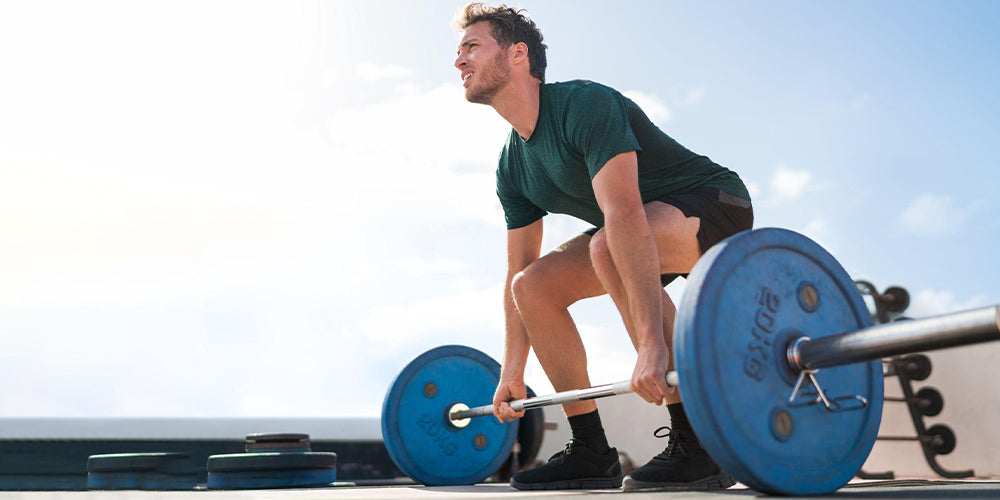
This exercise targets the lower back, glutes, and hamstrings. To perform deadlift:
- Stand with your feet and keep the shoulder at the same width as your shoulder.
- Grip a barbell with your hands shoulder-width apart.
- Try to keep your back straight, lift the bar off the ground by standing up and lowering it back down.
- 3-4 sets of 6-8 reps.
5.3. Squat
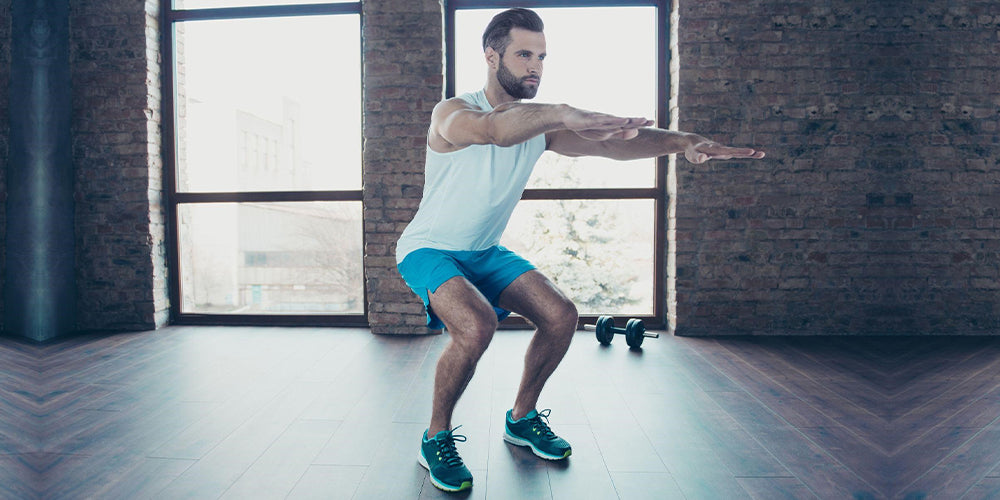
This exercise targets the quads, glutes, and hamstrings.
- Stand with your feet shoulder-width apart to perform squats.
- Hold a barbell.
- Lower your body as if sitting in a chair and stand back up.
- 3-4 sets of 8-12 reps.
5.4. Pull-up
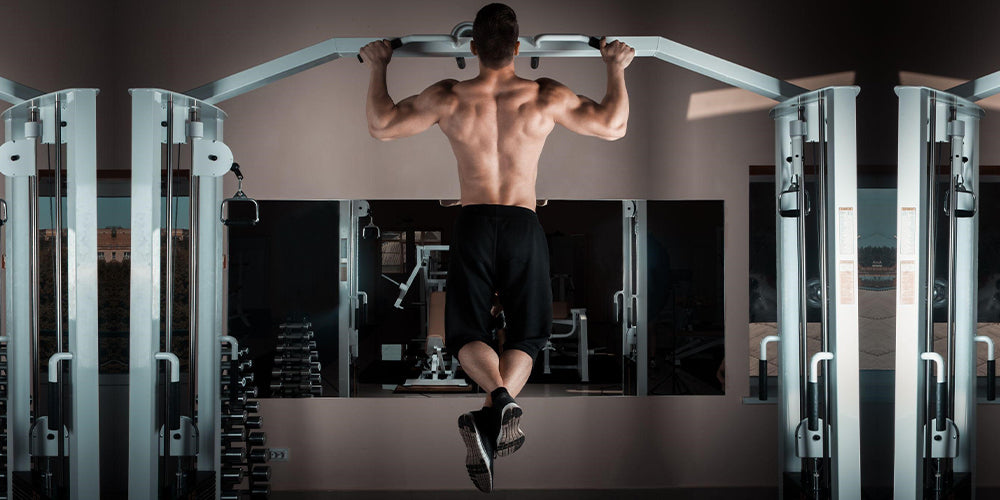
This exercise targets the back, shoulders, and biceps.
- Grip a pull-up bar with your palms facing away from you and your hands shoulder-width apart.
- Pull your body up until your chin is above the bar, and lower yourself back down.
- 3-4 sets of as many reps as possible.
Remember that the number of sets, repetitions, and weights should be tailored to the fitness level and physical goals.
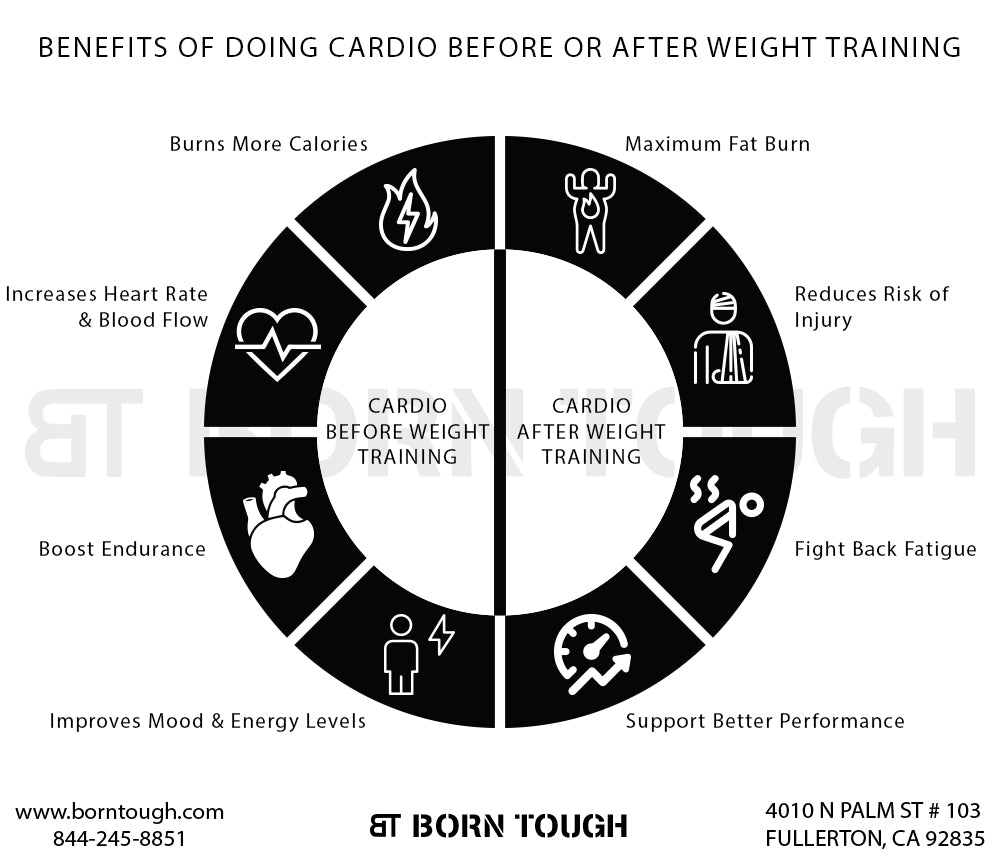
6. What Factors to Consider for Doing Cardio
When deciding whether to do cardio before or after weight training, there are several factors to consider. The most important ones are as follows:
6.1. Fitness Goals
Your goal plays a vital role in your workout regimen. If your main goal is to build muscle and increase strength, weight training before cardio might be the better option; however, if you aim to improve cardiovascular fitness and endurance, doing cardio before weight training might be more beneficial.
6.2. Time & Energy Constraints
Another factor to consider is how much time and energy you have for your workout. If you’re short on time or energy, combine cardio and weight training into one session. In this case, you can start with whichever exercise you prefer and switch to the other when you feel ready.
6.3. Fitness Level
Your level of fitness is also an essential factor to consider. If you’re starting with exercise or have a lower fitness level, start with cardio to warm your body before moving on to weight training.
7. Tips for Combining Cardio and Weight Training
Combining cardio and weight training can help to achieve your goals effectively and quickly. You can try the following tips to leverage more perks:
- You have to make a balance between these two exercises. It will give your muscles enough time to recover between workouts and is crucial for preventing injuries.
- Another tip is to vary the intensity and duration of your cardio and weight training sessions. For example, you might do daily high-intensity interval training (HIIT) for your cardio sessions, followed by a longer steady-state cardio session the next day.
- Do not neglect your body’s needs and take reset by giving some recovery time. It will make you ready to perform your workout.
8. FAQs
8.1. Is It Better to Do Cardio Before or After Weights?
Generally, it is recommended to do weight training before cardio to maximize strength training benefits. It allows you to prioritize your energy and focus on lifting heavier weights, which helps to build muscle and improve overall strength.
8.2. Can You Separate Your Cardio And Weight Training Days?
If your goal is to improve cardiovascular fitness and endurance, then it may be beneficial to separate cardio and weight training days. You can combine both forms of exercise.
8.3. How Long Should You Do Cardio After Weight Training?
Doing it for at least 20-30 minutes of cardio after your weight training regimen is recommended. The time may vary as per your training program and capacity.
8.4. Should I Do Cardio/HIIT For 1-2 Months, Then Weights?
Yes, you can perform cardio/HIIT for 1-2 months and then weights because they are beneficial for getting the desired muscle growth and fitness level. But if you find any issues, you can alter them and make changes as per your convenience.
9. Final Words
Cardio is beneficial for your weight training and can impact fitness results. That is why doing cardio before or after weight training has different outcomes. Performing cardio before weight training can increase heart rate and blood flow. If you want to reduce the risk of injury and keep your mode better with sustained energy, do cardio before your weights.
And if you need to improve muscle strength and size with safer weight loss, you must do cardio after weight training. It will increase metabolism, decrease the risk of injury, and enhance focus. All in your all, choose the before and after cardio option that hits your needs and meets fitness requirements. Combining both forms of exercise can lead to a well-rounded and effective workout.
-
Activewear, Daily Deals, Gifts, Leggings
3-Pack Seamless Push Up High Waisted Leggings
Original price was: $65.00.$56.88Current price is: $56.88.


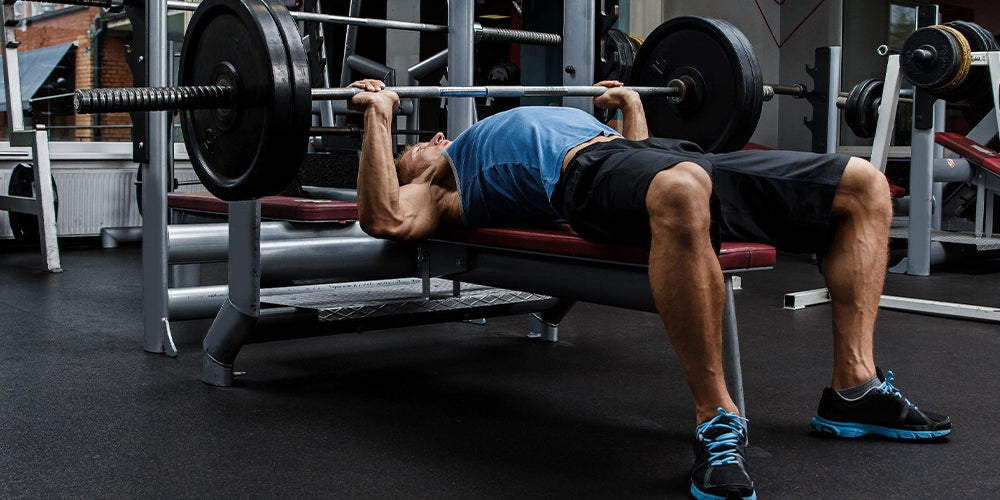









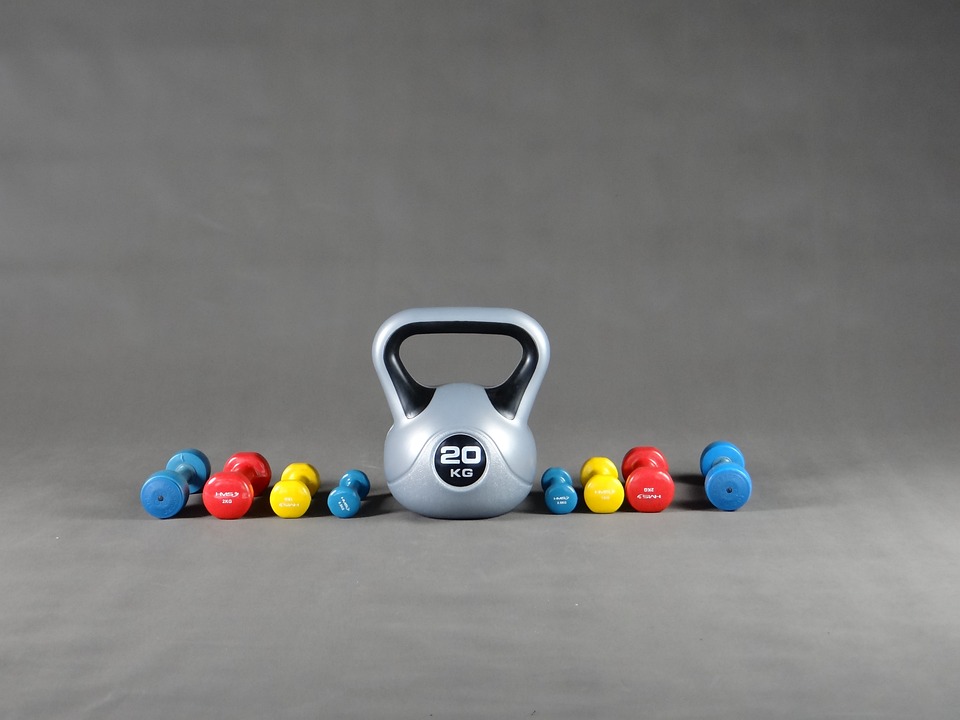
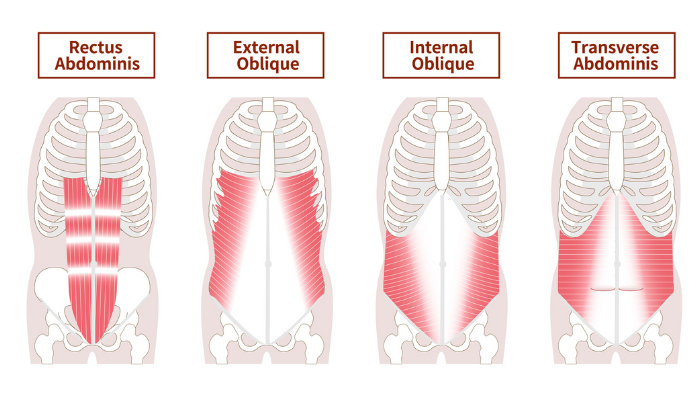



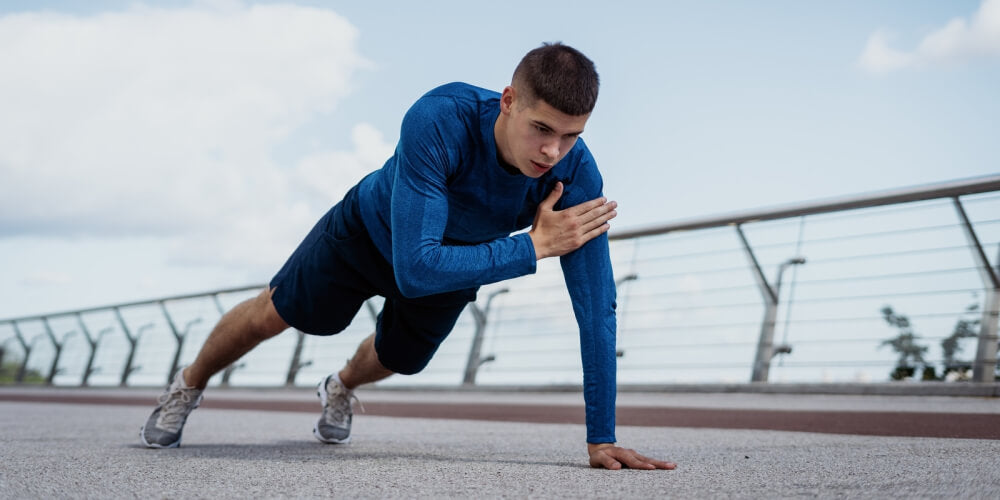
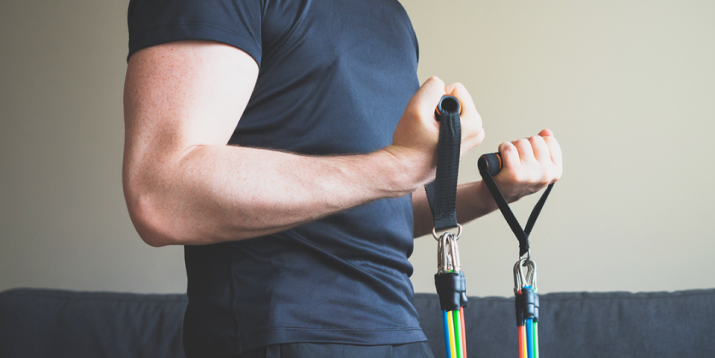



Leave a Reply